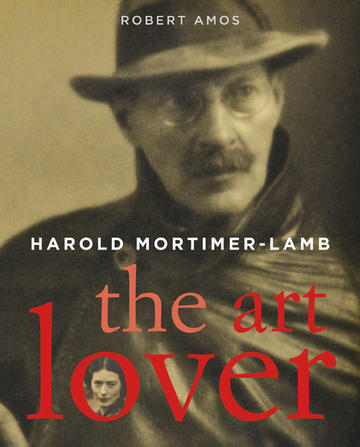About BC Books Online
BC Books Online was created for anyone interested in BC-published books, and with librarians especially in mind. We'd like to make it easy for library staff to learn about books from BC publishers - both new releases and backlist titles - so you can inform your patrons and keep your collections up to date.
Our site features print books and ebooks - both new releases and backlist titles - all of which are available to order through regular trade channels. Browse our subject categories to find books of interest or create and export lists by category to cross-reference with your library's current collection.
A quick tip: When reviewing the "Browse by Category" listings, please note that these are based on standardized BISAC Subject Codes supplied by the books' publishers. You will find additional selections, grouped by theme or region, in our "BC Reading Lists."
 Enlarge Cover
Enlarge Cover
Harold Mortimer-Lamb’s name is in the index of almost every book written on the history of Canadian art, yet his place in that world has never been clear. Photographer, writer, painter, promoter—he was a man of many parts and the ideal patron and friend to some of Canada's most famous artists, including A.Y. Jackson, Emily Carr, and Jack Shadbolt. At the centre of his story are his relationships with painter Frederick Varley and young student Vera Weatherbie, whom Mortimer-Lamb, at the age of seventy, eventually married, when she was just thirty. Profusely illustrated with his photos, paintings, and the art he collected, Harold Mortimer-Lamb: The Art Lover brings into focus an unknown chapter in Canadian art history.
"The Art Lover shines a light on a man who lived here for only a brief time, but left a lasting legacy. It also opens the door to a little-known chapter of our history . . . " —The Times Colonist
"Before Amos’s book, Mortimer-Lamb put in only brief appearances at the edges of Canadian art history. He is a footnote in the biographies of many celebrated artists . . . He photographed them in his gauzy pictorialist style, hosted them at his house, corresponded with them, bought their work, wrote about them in the newspapers, and even paid their rent on occasion. He is “fifth business” in the story of Canadian art, a minor player who nevertheless holds the key to the whole drama." —Literary Review of Canada


